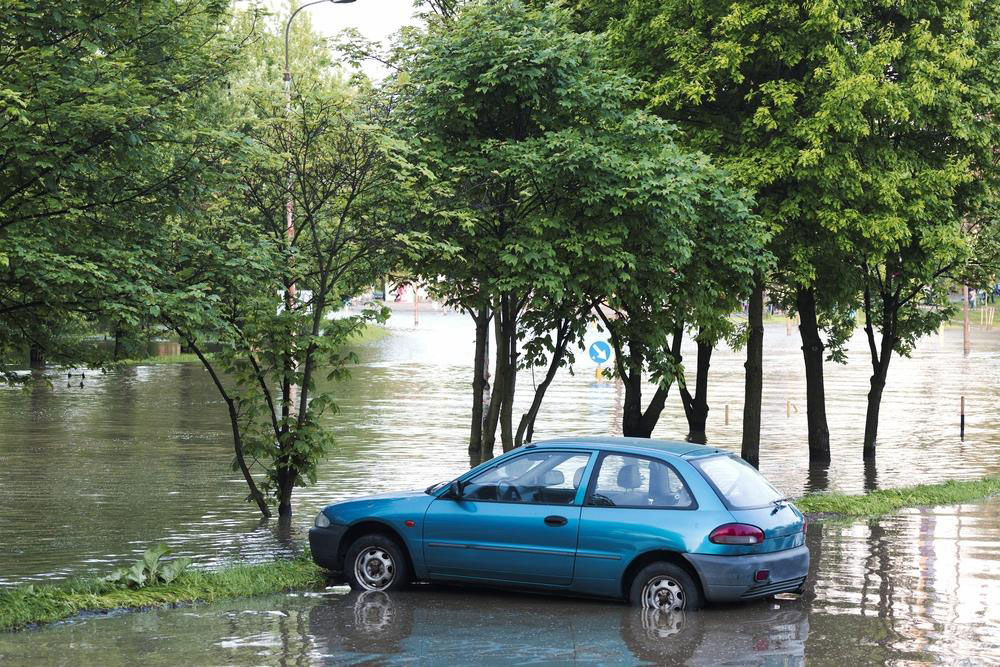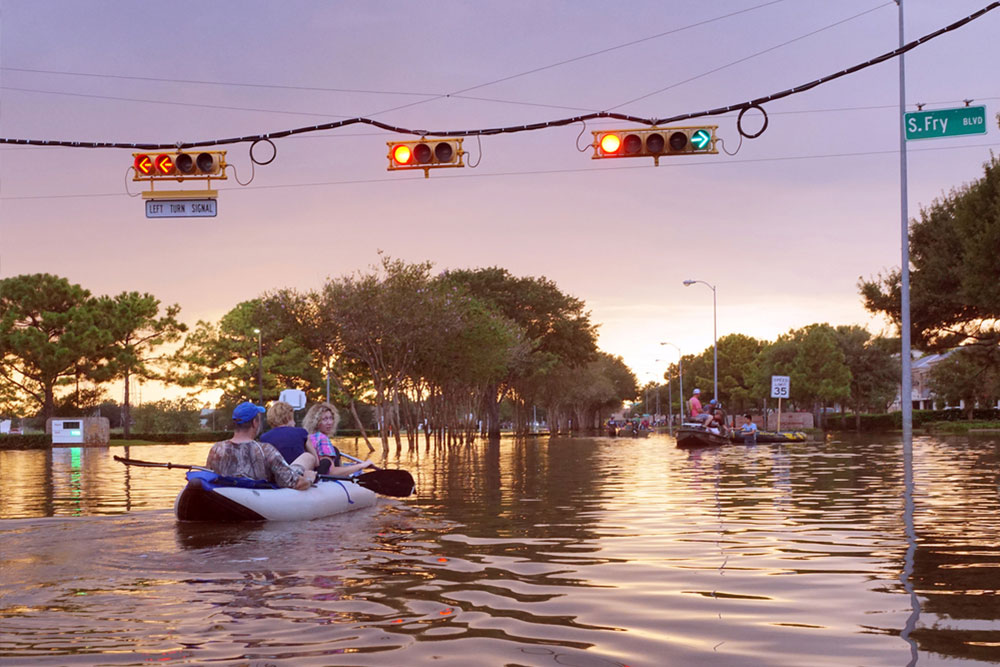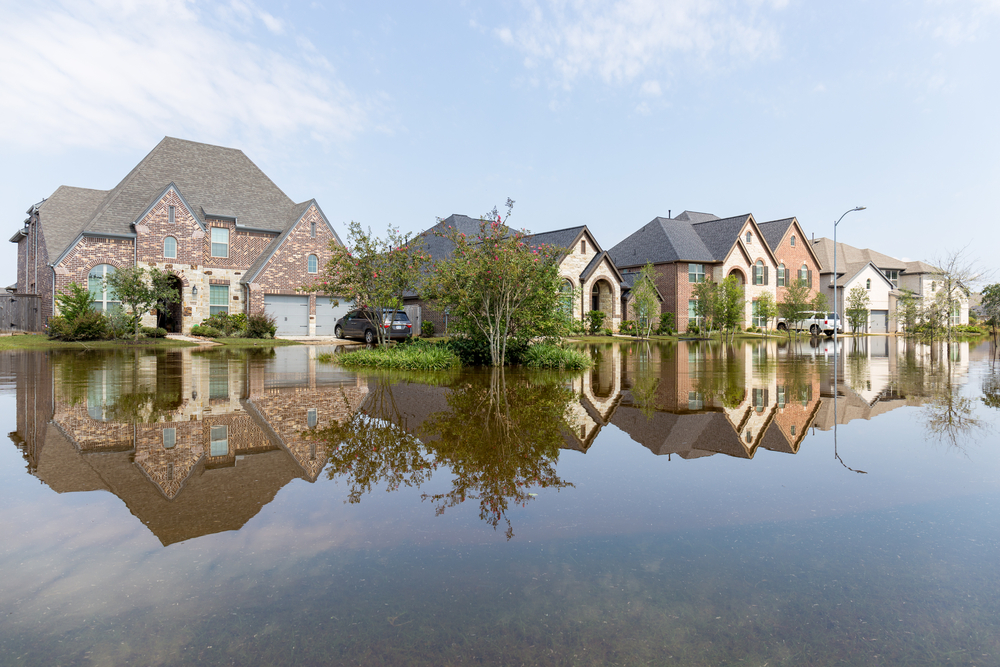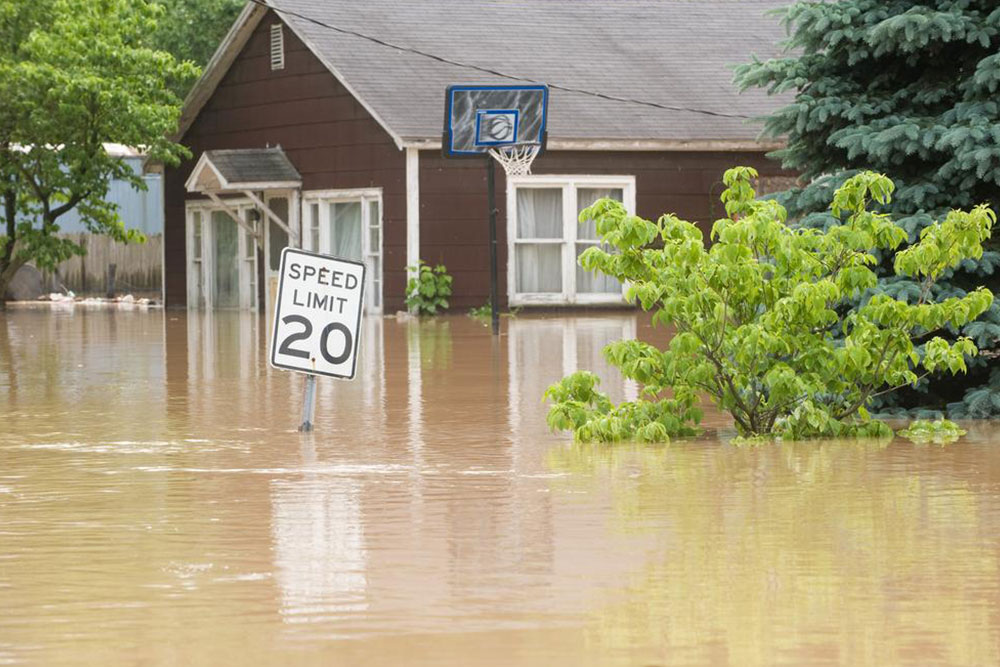Comprehensive Guide to the National Flood Insurance Program and Its Benefits
Explore the comprehensive overview of the National Flood Insurance Program, its history, main features, benefits, and future challenges. Learn how NFIP helps protect property owners and communities from flood damages through risk management, community participation, and specialized insurance policies, ensuring resilience amid increasing climate threats.

Understanding the National Flood Insurance Program: Benefits, Features, and Community Impact
The National Flood Insurance Program (NFIP), established by the United States Congress in 1968, serves as a vital tool in managing flood-related risks and protecting property owners from devastating flood damages. With increased frequency of severe weather events such as hurricanes, heavy rainfall, and tornadoes, flood insurance has become an essential component of disaster preparedness and resilience planning. This comprehensive guide explores the origins, primary features, operational structure, and importance of the NFIP, providing property owners, policymakers, and communities with valuable insights into how this program works and how it benefits them.
Historical Background and Purpose of the NFIP
The NFIP was created as a response to the escalating costs of flood damages and the recognition that private insurance markets were often unwilling or unable to provide affordable flood insurance coverage. Prior to its establishment, many property owners were left unprotected in flood-prone areas, resulting in significant financial losses and community destabilization after major flood events.
The program was designed to incentivize communities to adopt and enforce sound floodplain management practices, thereby reducing flood risks and damages over time. By promoting risk-aware development and adherence to strict building codes, NFIP aims to minimize the economic and social impact of flooding, safeguarding both private property and public infrastructure.
Operational Framework and Key Features
The NFIP operates under the guidance of the Federal Emergency Management Agency (FEMA), which administers the program according to the guidelines set forth by the National Flood Insurance Act of 1968. To participate, communities must adopt and enforce floodplain management regulations that meet federal standards; this ensures a level of safety and resilience in flood-prone regions.
Property owners within designated flood hazard areas, known as Special Flood Hazard Areas (SFHAs), are encouraged or mandated to purchase flood insurance as a condition for securing federal assistance for loans or disaster relief. The program offers two primary types of policies:
Residential Flood Insurance Policy: Covers damage to dwellings and personal property, with coverage limits generally up to $250,000 for the structure and $100,000 for contents.
Non-Residential Flood Insurance Policy: Designed for commercial properties and other non-residential buildings, providing similar coverage options.
The insurance coverage provided by NFIP is tailored specifically to flood-related damages, which are not typically covered under standard homeowner or commercial property insurance policies. This specialized coverage is crucial in high-risk flood zones, where damage from flooding can lead to catastrophic financial setbacks.
Community participation in the program is a combination of voluntary and mandatory measures depending on regional regulations. In many cases, local governments are required to enforce strict zoning and building codes to qualify for federal flood insurance. These regulations aim to prevent unsafe development in flood-prone areas and to promote hazard mitigation strategies, such as elevating structures or preserving natural flood buffers.
Benefits and Impact of the NFIP
The NFIP offers significant advantages to individual property owners, communities, and the broader economy. For homeowners, having flood insurance provides peace of mind and financial protection, enabling them to recover more swiftly after a flood disaster.
For communities, participation in the NFIP can lead to safer developments, reduced flood risk, and eligibility for federal disaster assistance. Moreover, local governments often benefit from incorporating floodplain management into urban planning, which can lead to strategic land use and infrastructural improvements.
From an economic perspective, the NFIP helps stabilize property markets in flood-prone areas by reducing insurance gaps and encouraging risk-informed development. It also promotes investments in flood mitigation infrastructure, which can significantly lower future flood damages and costs.
It’s important to note that the program’s funding and sustainability rely heavily on premiums paid by policyholders and periodic congressional reauthorizations. As climate change continues to intensify weather extremes, the NFIP faces ongoing challenges in balancing affordability with risk mitigation.
Challenges and Future Directions
Despite its crucial role, the NFIP faces several challenges. The increasing frequency and severity of flood events strain the program’s financial stability, leading to calls for reform and improved risk modeling. Issues related to affordability, especially for low-income residents in high-risk zones, remain persistent obstacles that policymakers are striving to address through subsidies and alternative funding mechanisms.
Efforts are underway to modernize flood risk assessment using advanced modeling and satellite data, which can improve accuracy and foster better risk communication. Additionally, there’s growing emphasis on integrating NFIP policies with broader climate resilience strategies, such as natural flood management and green infrastructure investments.
As the program evolves, strengthening community engagement, promoting resilient building practices, and expanding coverage options will be essential to ensuring long-term effectiveness and sustainability of the NFIP.
In conclusion, the National Flood Insurance Program remains a cornerstone of flood risk management in the United States. By incentivizing community participation, enforcing prudent development practices, and providing critical financial protection to property owners, the NFIP plays a vital role in reducing flood damages and fostering resilient communities. Ongoing reforms and innovations will be pivotal in adapting this crucial program to the challenges posed by climate change and increasing urbanization.




